Physical Address
304 North Cardinal St.
Dorchester Center, MA 02124
Physical Address
304 North Cardinal St.
Dorchester Center, MA 02124
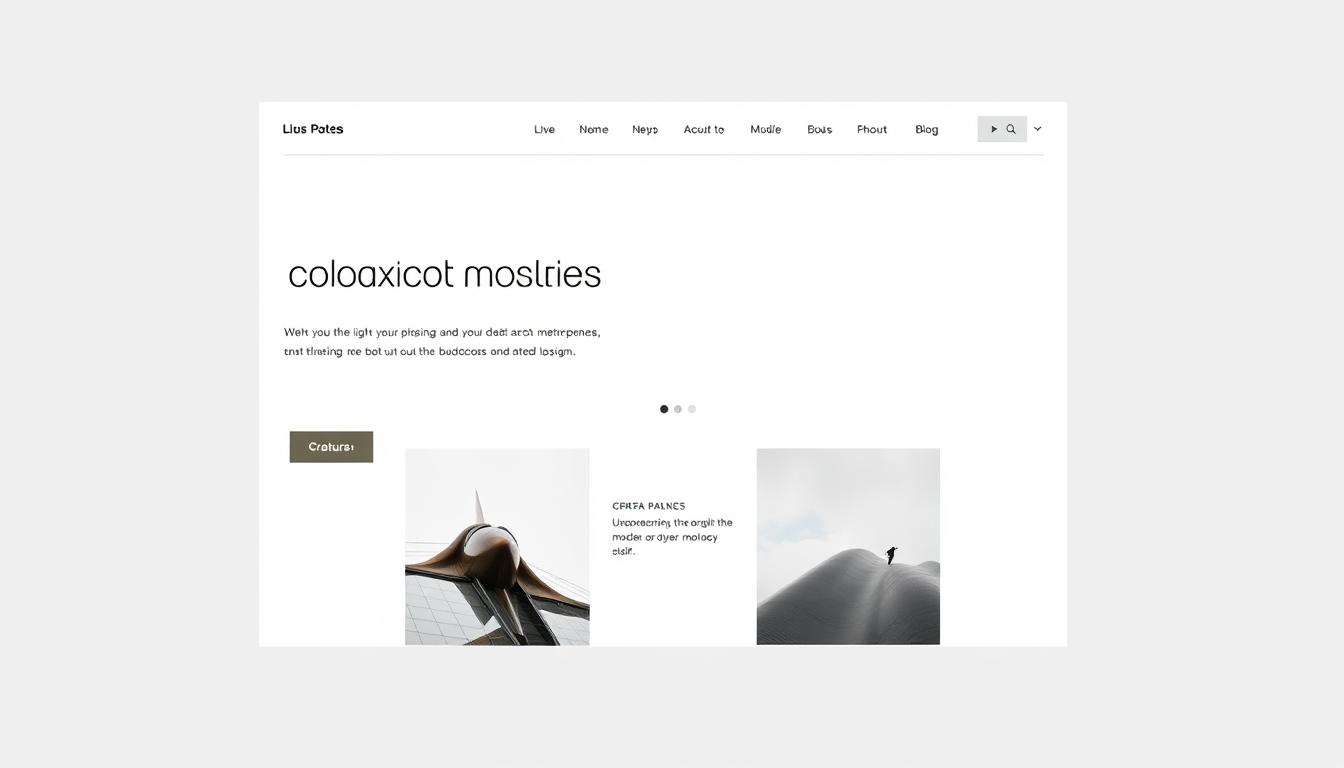
In the digital world, many think web design means lots of flashy stuff. But, boring web pages can be great if they’re well made. Your site’s main job is to make things easy for users, not to dazzle them with graphics.
Good web design is all about being clear, simple, and easy to use. When people visit your site, they want to find what they need fast. A clean design can share your message better than too many fancy pictures.
Creating great digital experiences means putting users first. By using minimalist design, your site can look good and work well. It’s all about making things easy and fun for your visitors.
Web design isn’t about making everything flashy. Sometimes, simple is better. Websites should focus on being easy to use and clear in their message.
“Perfection is achieved, not when there is nothing more to add, but when there is nothing left to take away.” – Antoine de Saint-Exupéry
Users want a simple, easy-to-use experience. Too much complexity can confuse and distract. A simple, clean design can actually make your site more engaging by cutting out unnecessary clutter.
| Design Approach | User Experience Impact |
|---|---|
| Complex Design | High cognitive load, potential confusion |
| Minimalist Design | Clear navigation, faster comprehension |
By focusing on user experience through simple, effective design, you make websites that are not just good-looking but also work well for users.
Web design is more about simplicity than fancy graphics. Designers aim to make websites easy to use and welcoming. They focus on user experience and information architecture.
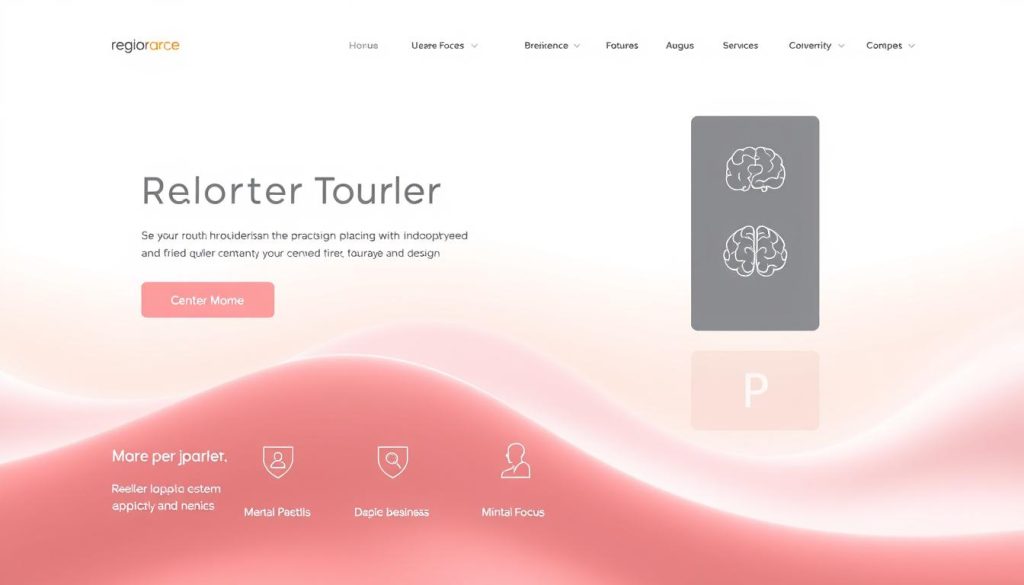
The human brain likes things simple. When using websites, people want quick and easy navigation. This is why modern web design is all about simplicity.
User behavior is key to good design. Studies show that people:
Cognitive load affects how users see and use websites. Simple designs make things easier, letting users focus on important info.
“Complexity is the enemy of execution.” – Tony Robbins
Simple designs show professionalism and reliability. People think simple sites are more trustworthy. This makes good design a key to building trust.
| Design Element | User Perception | Trust Impact |
|---|---|---|
| Minimalist Layout | Clean and Professional | High |
| Cluttered Interface | Confusing and Overwhelming | Low |
| Clear Navigation | Confident and Reliable | Very High |
By knowing these psychological tips, you can make web sites that look and feel great. They will be natural and trustworthy.
Minimalist web design turns simple pages into powerful digital experiences. It’s not just about looks. It’s about making websites clean and easy to use.
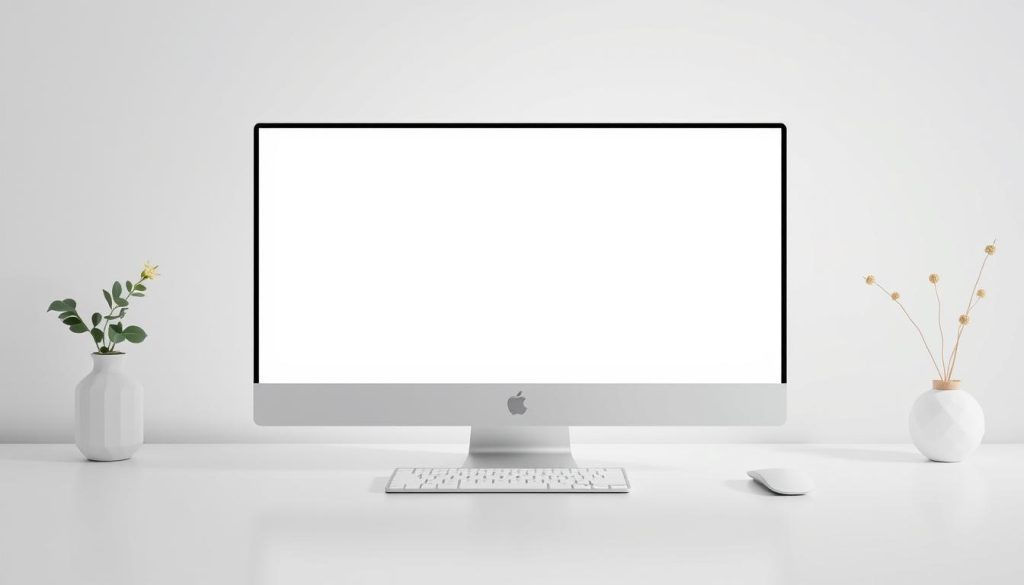
Your website’s design should focus on making things simple for users. Less is truly more in creating easy-to-use digital spaces.
“Simplicity is the ultimate sophistication in web design.” – Design Experts
Minimalist web design needs careful thought about each element. Here’s a look at different design approaches:
| Traditional Design | Minimalist Design |
|---|---|
| Cluttered interfaces | Clean, focused layouts |
| Multiple color schemes | Limited, strategic color use |
| Complex navigation | Streamlined user paths |
By using minimalist web design, you make websites that look good and work well. It’s all about finding the right balance between simplicity and clear communication.
Creating a great web design is all about finding the right mix. It’s about making your site look good and work well. This means using visual hierarchy and information architecture to help users move smoothly through your site.
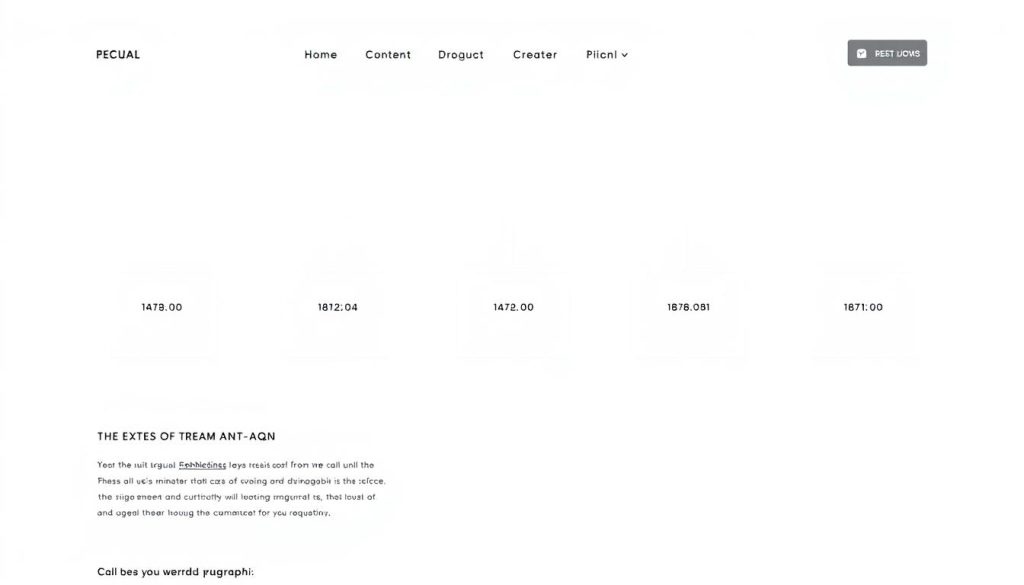
Web designers need to think carefully about how people use digital spaces. They aim to make a site that feels natural and easy to use.
Good navigation is key to a great user experience. Here are some tips:
Visual hierarchy is important for guiding user attention. By organizing content well, you can:
Your design should use visual elements that help, not hinder, the user experience. Information architecture helps make a logical flow that’s easy to follow.
“Good design is actually a lot harder than bad design.” – Rams Dieter
By following these principles, you can make web designs that look good and work well.
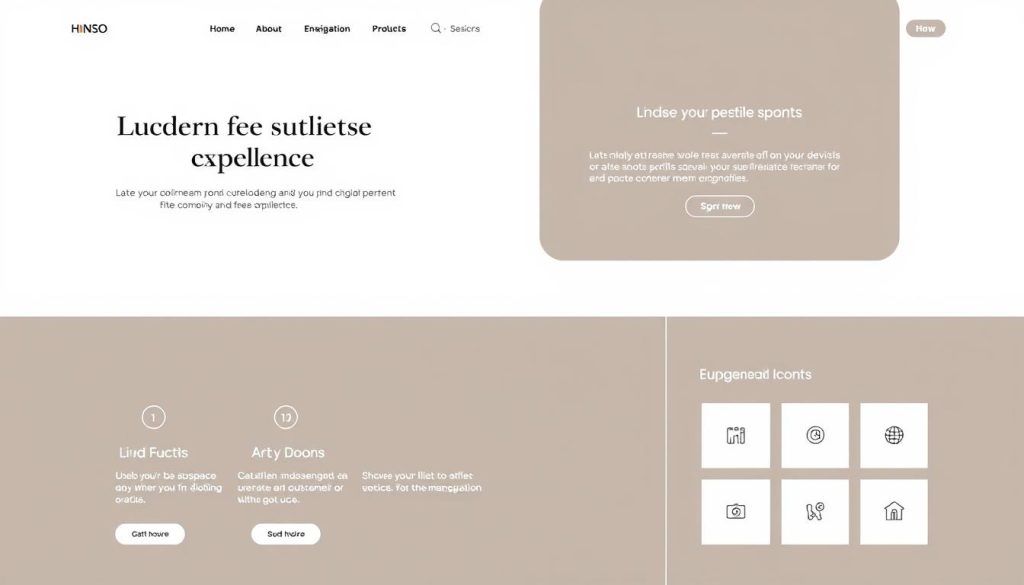
Many people think simple web design is weak. They see “boring web pages” as dull and uninteresting. But, web design experts say that’s not true. They believe that well-designed simple sites are actually powerful.
“Simplicity is the ultimate sophistication in web design.” – Design Professionals
Now, let’s debunk some common myths about minimalist web design:
Reality: Minimalist design actually needs more creativity and planning than complex sites.
Fact: Simple, clean designs often make websites more user-friendly and engaging.
Truth: Creating effective simple web design takes a lot of skill and knowledge.
Your website’s success isn’t about being flashy. It’s about clear communication. Professional web design focuses on making your site easy to understand, not just pretty.
Successful minimalist web pages focus on:
Choosing simplicity in web design doesn’t mean losing your brand’s personality. It means making your brand’s message clear and strong.
Checking how well minimalist web designs work is more than just looking at numbers. Usability testing shows how users feel about simple, easy-to-use sites. Knowing what works best for users is key to success.
Good minimalist sites make it easy for users to find what they need. By tracking important metrics, you can see if your design is working well.
Important KPIs for minimalist sites include:
Getting feedback from users is crucial. Surveys, heat maps, and direct testing give you insights into how well your site works.
| Metric | Measurement Method | Ideal Range |
|---|---|---|
| User Satisfaction Score | Post-interaction Survey | 8-10/10 |
| Task Completion Rate | Usability Testing | 85-95% |
| Navigation Clarity | User Path Analysis | Minimal Clicks |
Minimalist designs can really boost conversion rates. Clean, focused sites help users take the actions you want them to.
“Simplicity is the ultimate sophistication in web design.” – Steve Jobs
Your minimalist site’s success comes from being both simple and clear. Keep testing to make sure it stays focused on the user’s needs.
Web design shows that simple sites can be very effective. Real examples show how minimalism works well in many fields.
These sites prove that you don’t need lots of stuff to be effective. Simplicity can communicate more powerfully than cluttered interfaces.
| Website | Design Approach | Key Strengths |
|---|---|---|
| Dropbox | Minimalist | Clear user flow, easy file management |
| Apple | Product-focused | Visual storytelling, brand consistency |
| Medium | Content-first | Reading experience optimization |
“Good design is actually a lot harder to notice than poor design. In other words, for something to look great, it has to work great.” – Micha Komis
The main point is that simple sites can be very effective. They focus on user experience and clear communication, not just looks.
Creating a minimalist design needs a careful plan and focus on details. Web design rules help make clean, useful sites that work well on all devices.
Minimalist design is not just about cutting out stuff. It’s about making a design that is both simple and effective.
Choosing the right fonts can change how people see your site. Here are some tips:
The colors you pick in minimalist design can really affect how people feel and interact. Pick colors that:
Whitespace is a key part of good web design. Using space well helps:
“Simplicity is the ultimate sophistication in web design.” – Leonardo da Vinci (adapted)
By following these design rules, you can make minimalist sites that look great and work well.
Web design has changed. Now, it’s okay if websites are simple and clean. You don’t need lots of flashy graphics or complicated layouts to be effective. Instead, focus on making your website easy to use and visually appealing.
Minimalist web design shows that simplicity is key. It’s about making things clear and easy to use. The best websites are simple and straightforward, giving users what they need without distractions.
When you design your website, think strategically. Use minimalist techniques and understand how users behave. This way, you can make websites that are both simple and functional. Your goal is to make it easy for users to find what they need and enjoy using your site.
The future of web design is about simplicity. Focus on clean designs, easy navigation, and meaningful content. By doing this, you’ll create websites that connect with your audience. Your dedication to user-friendly design will make you stand out online.